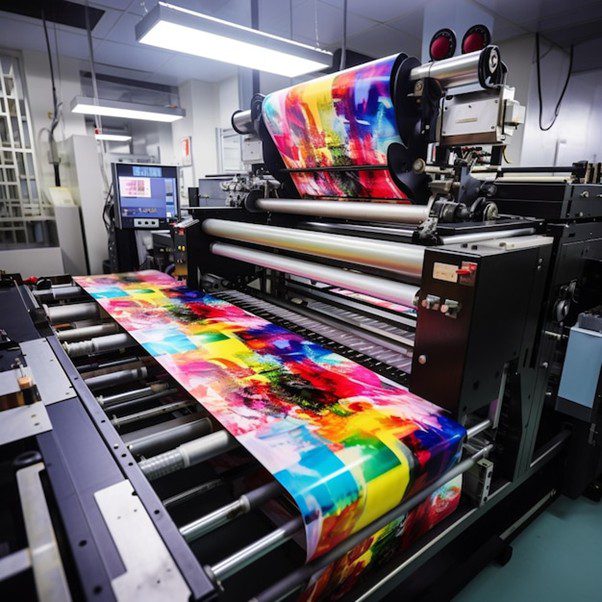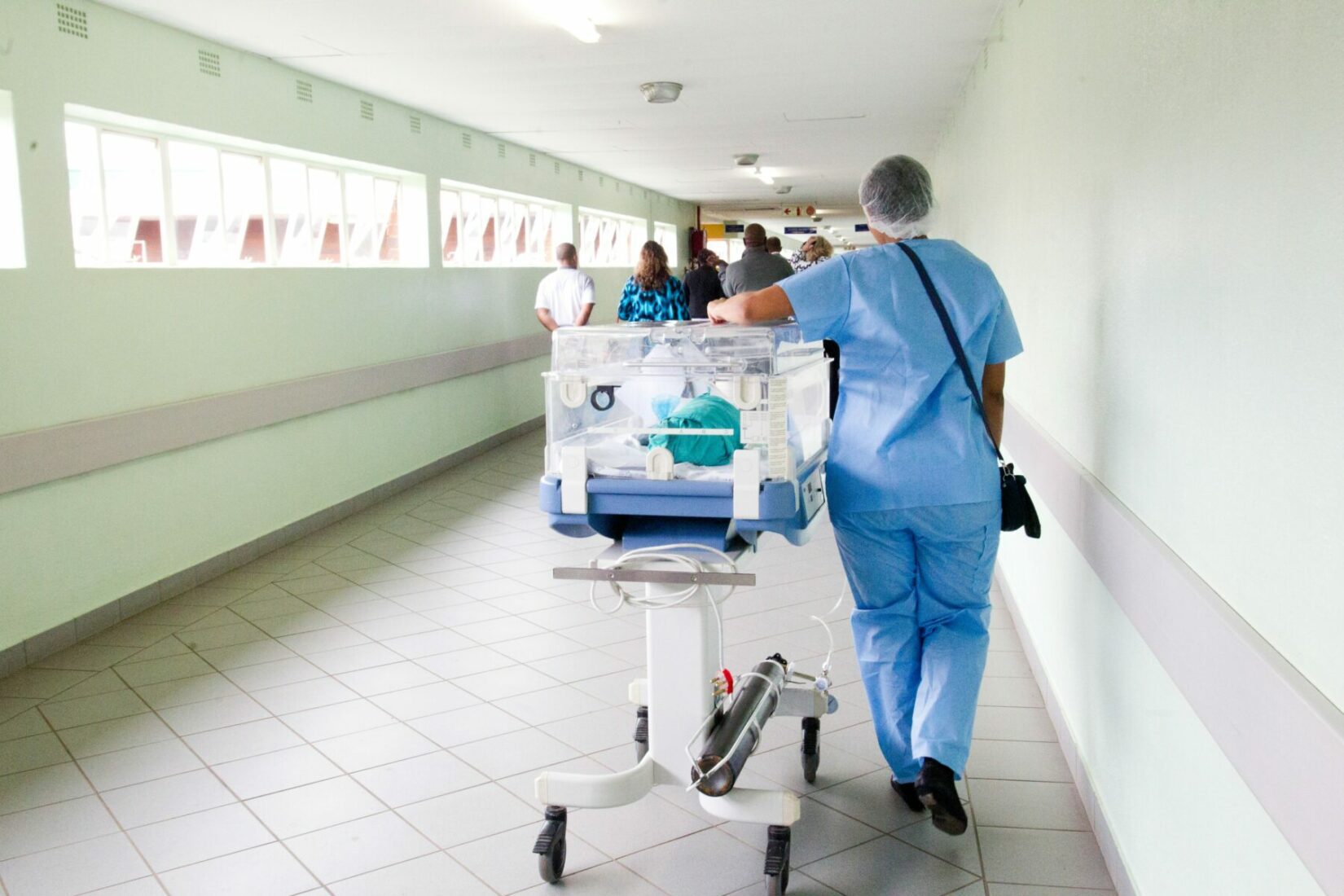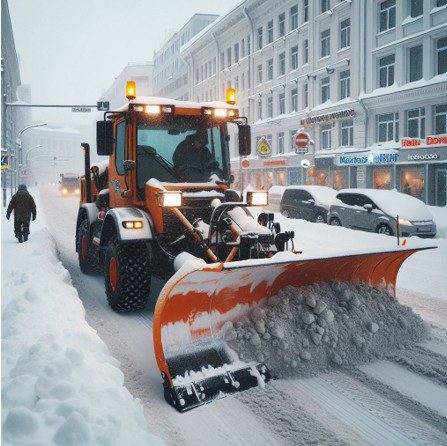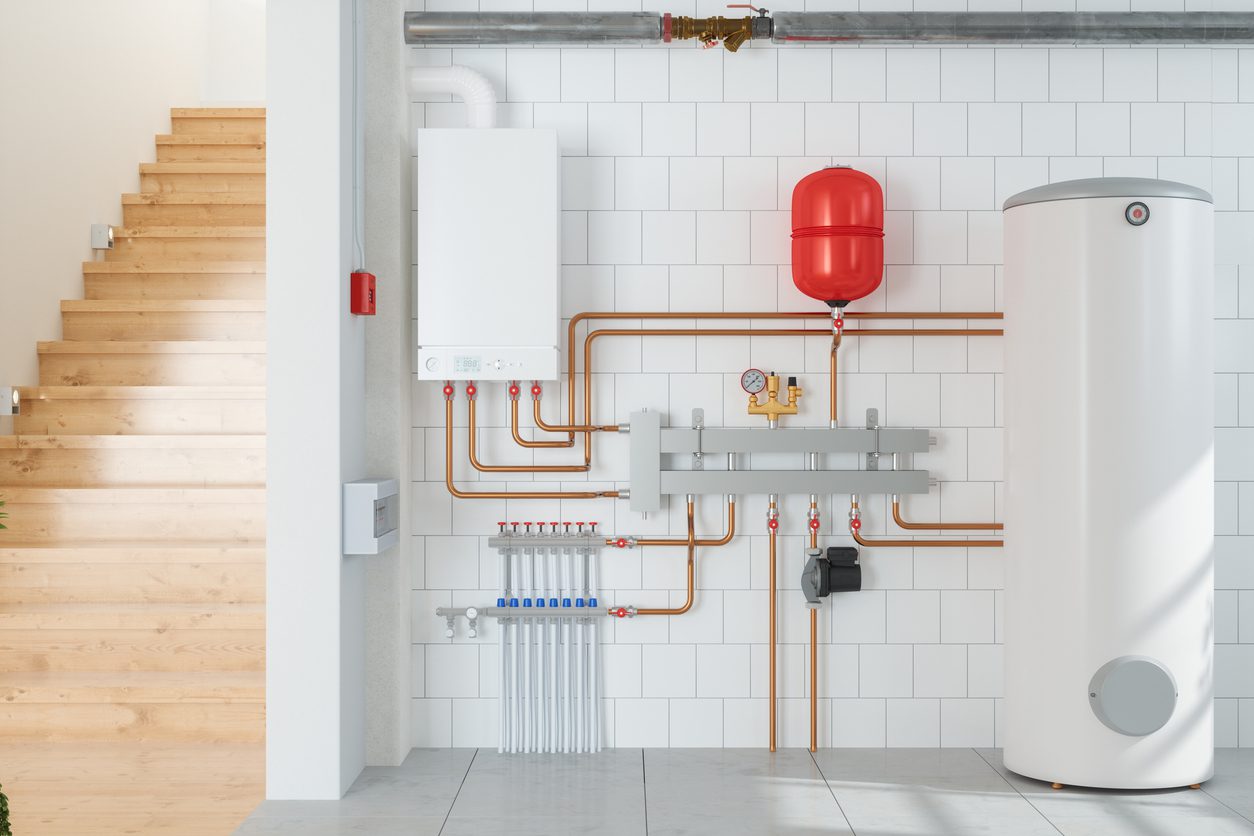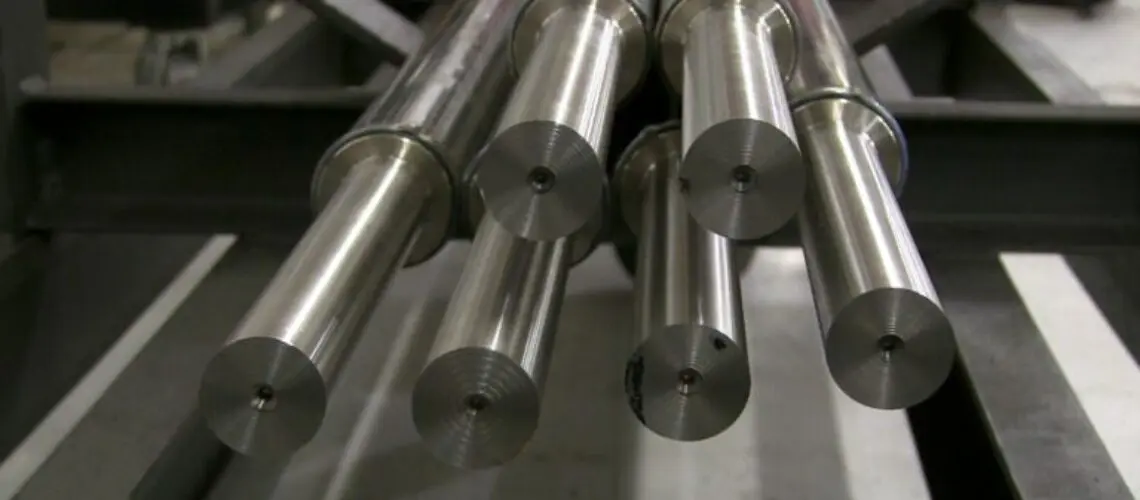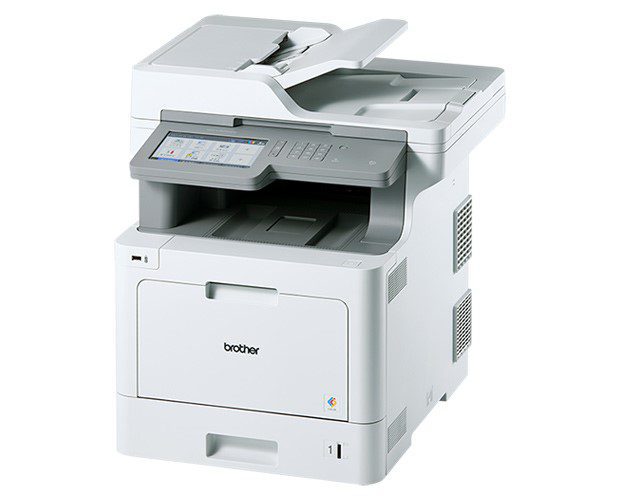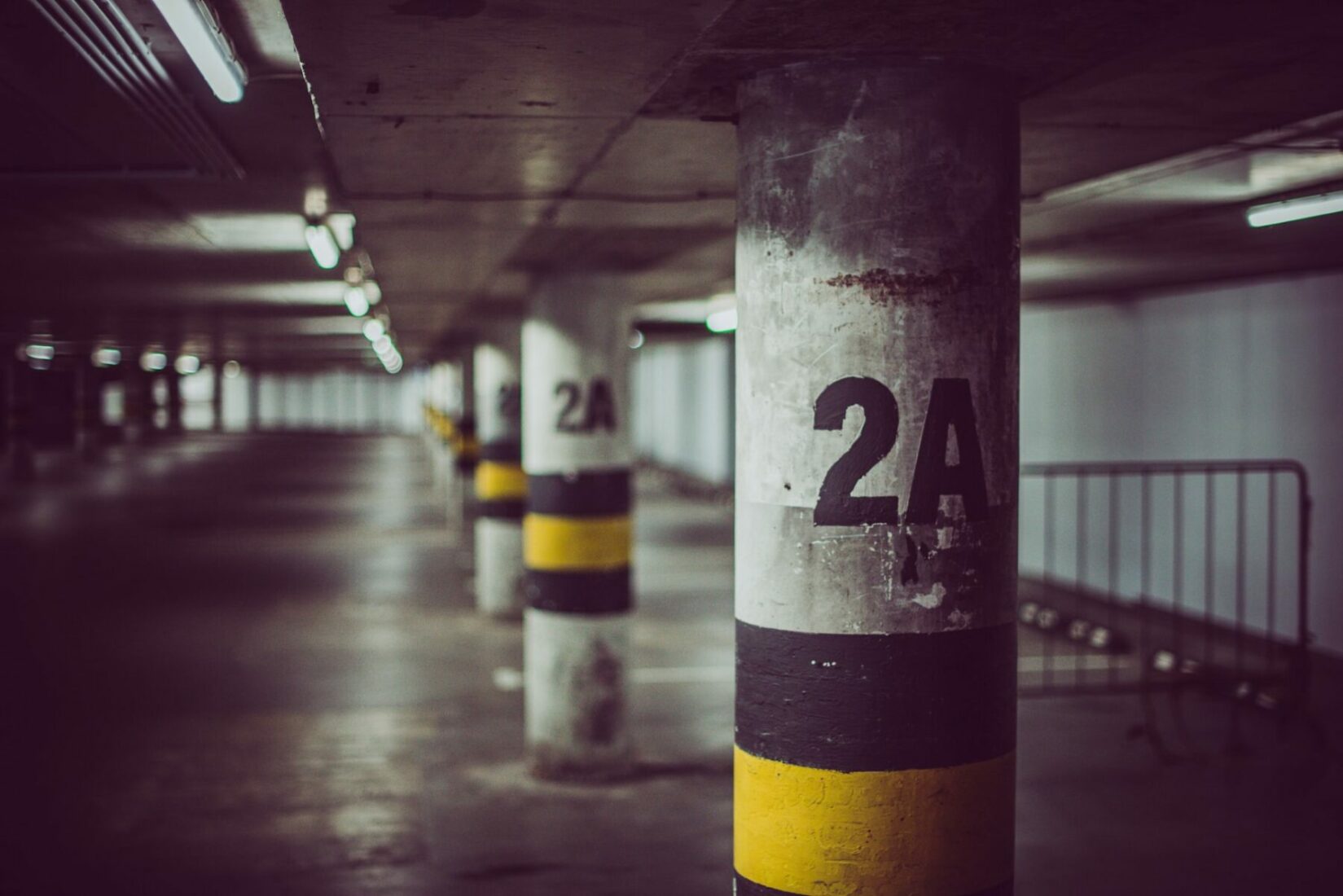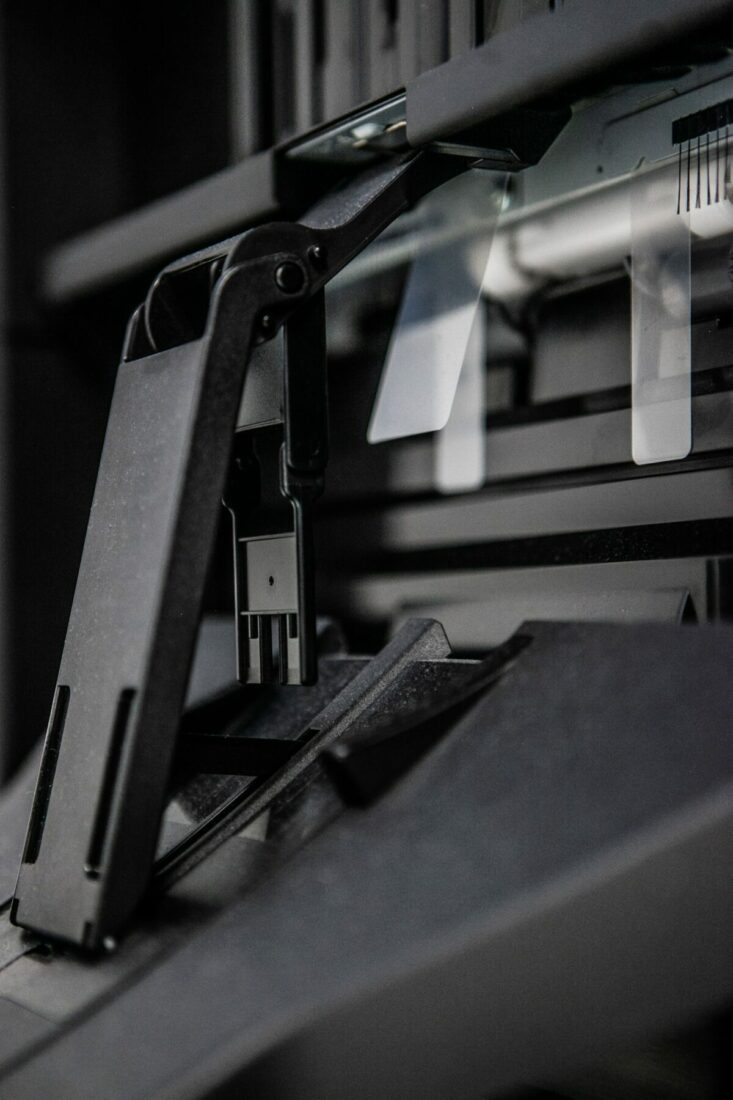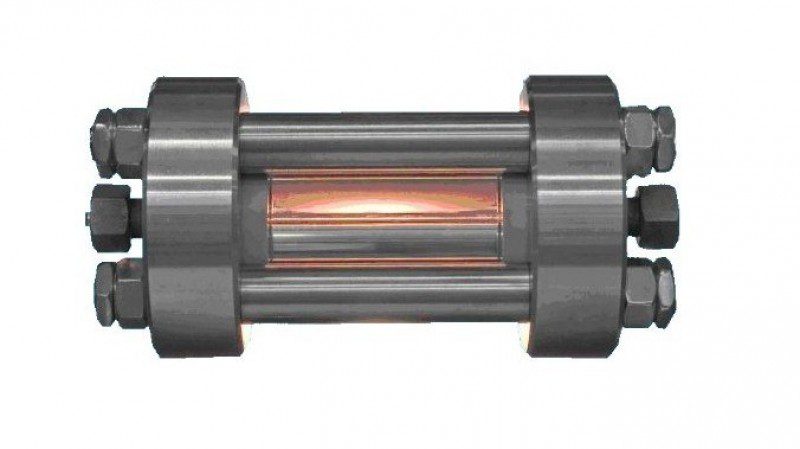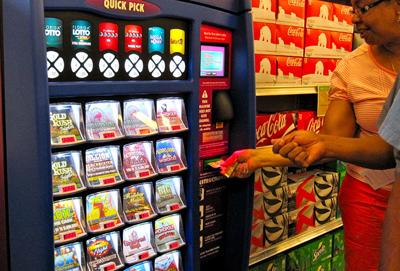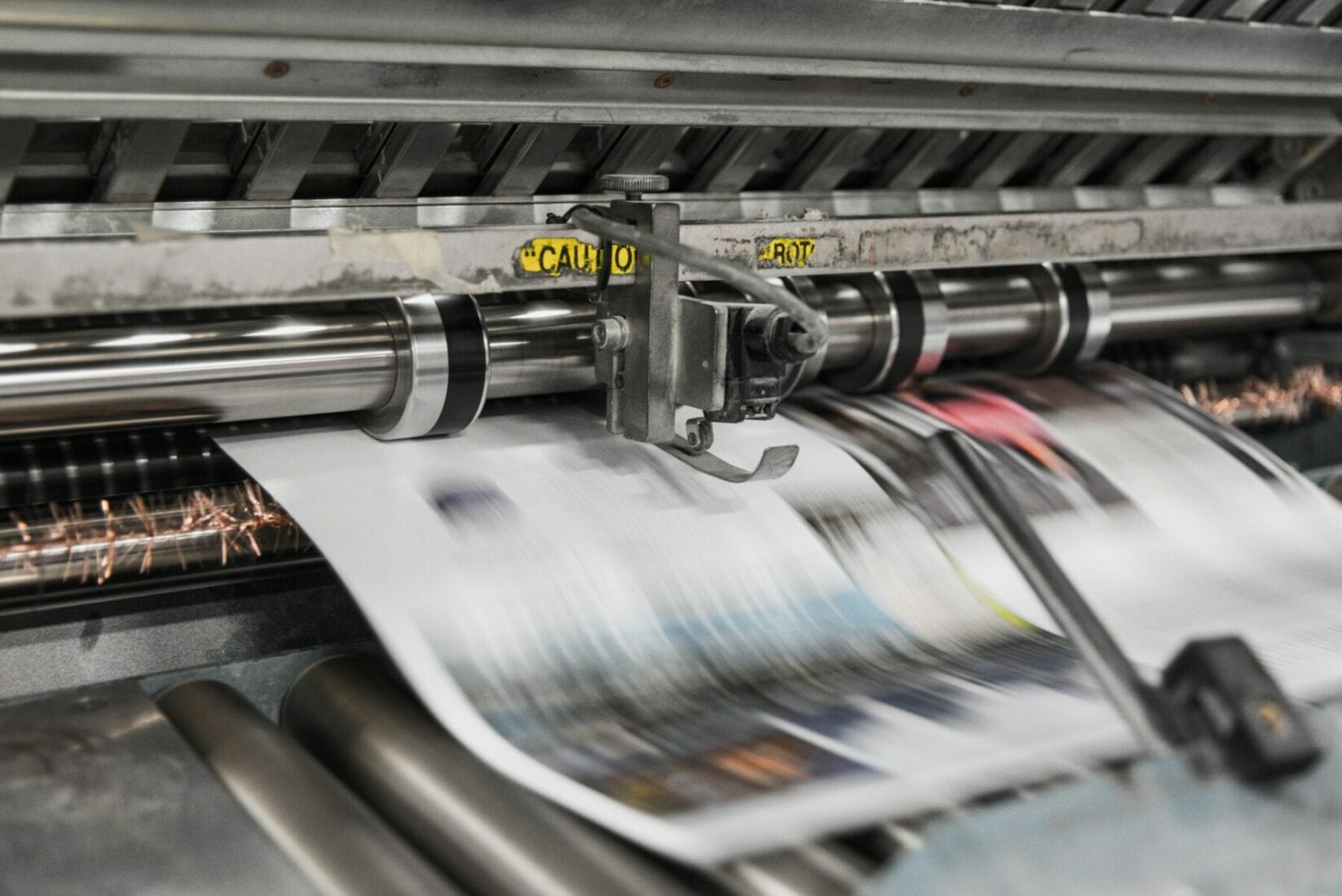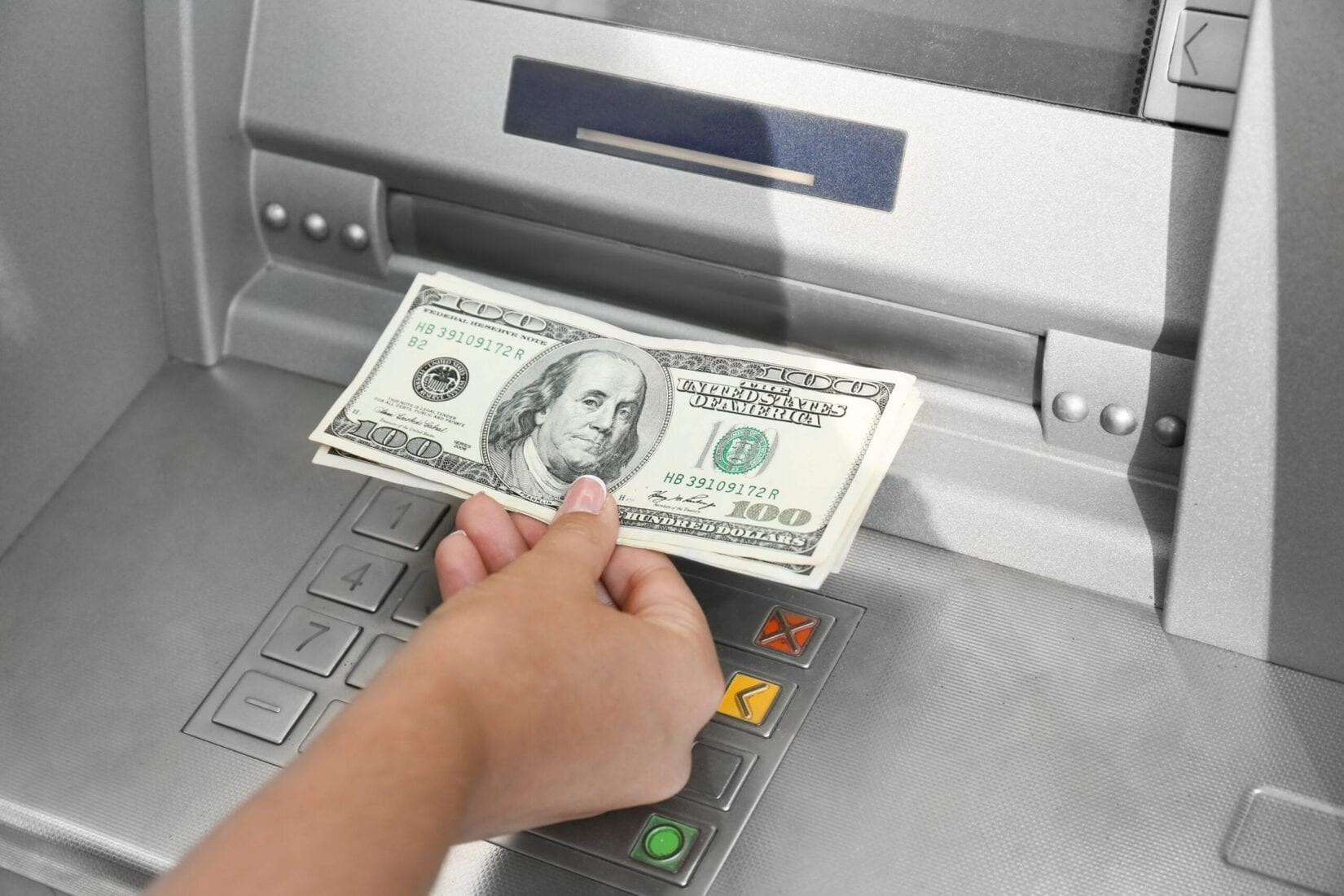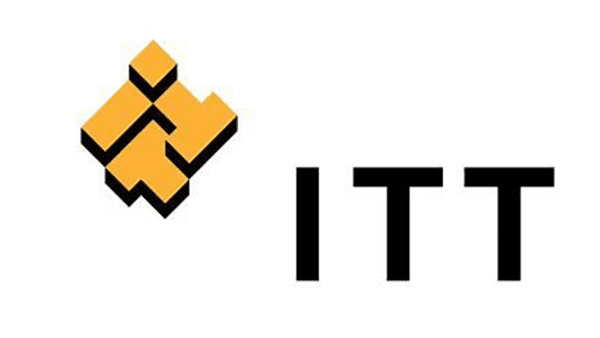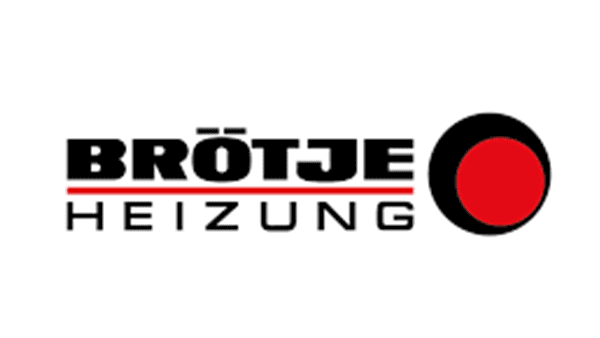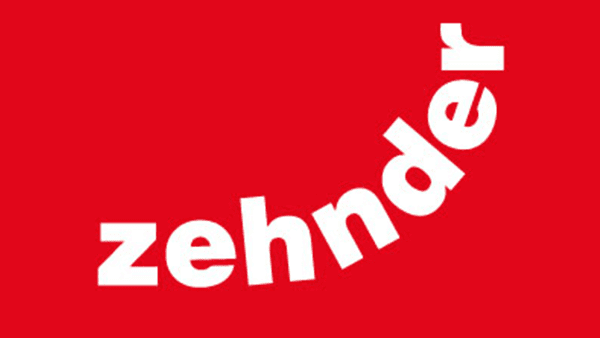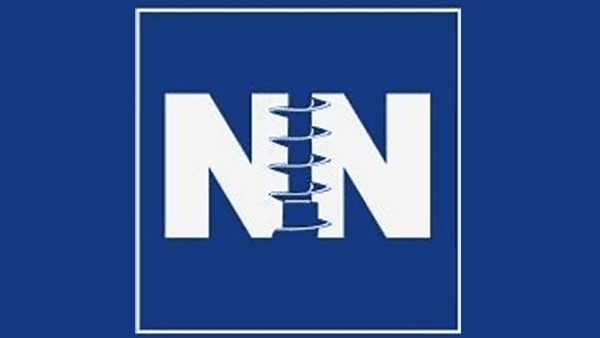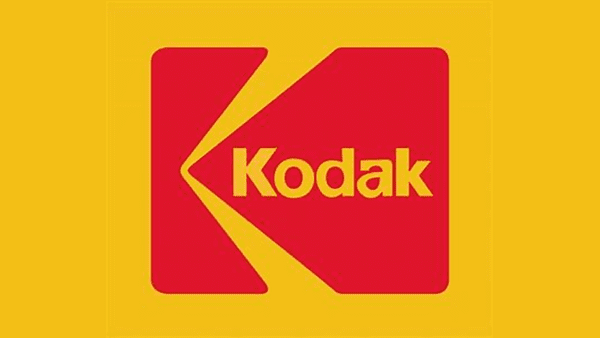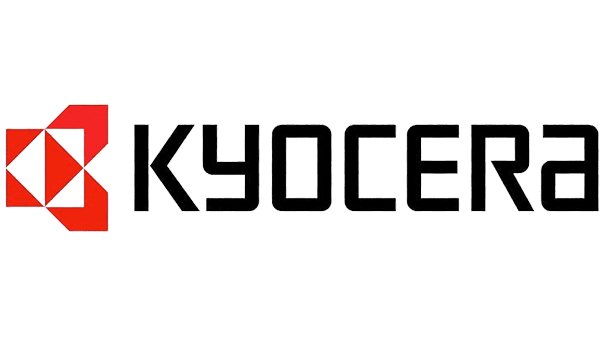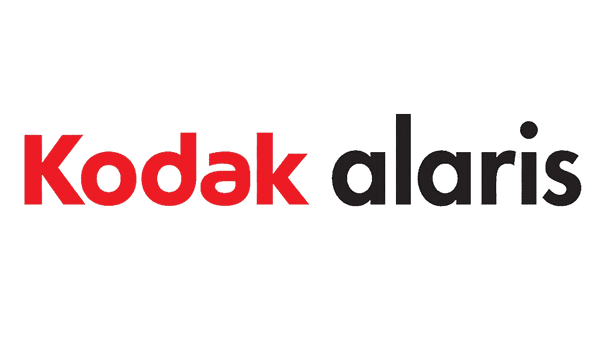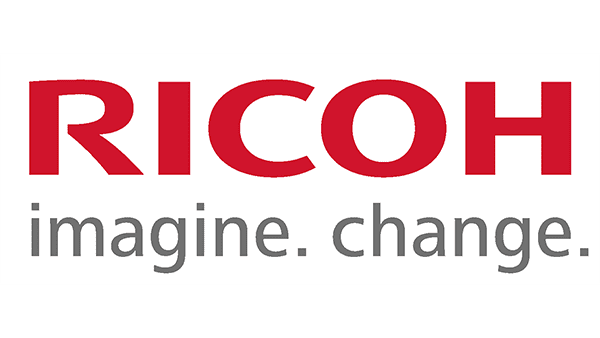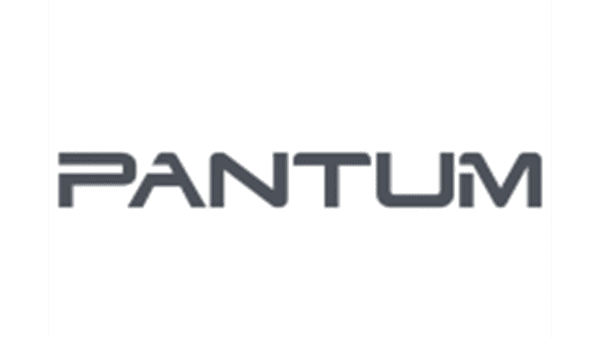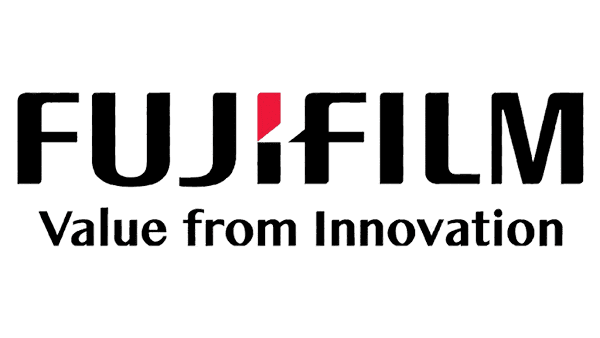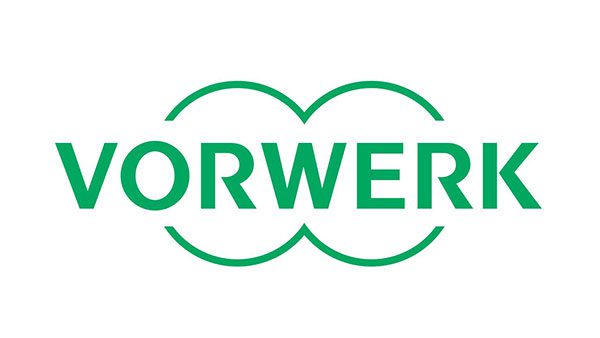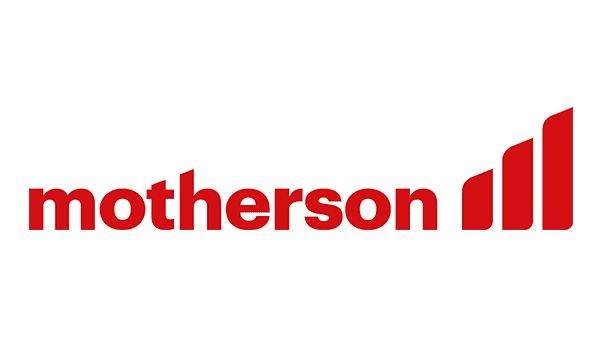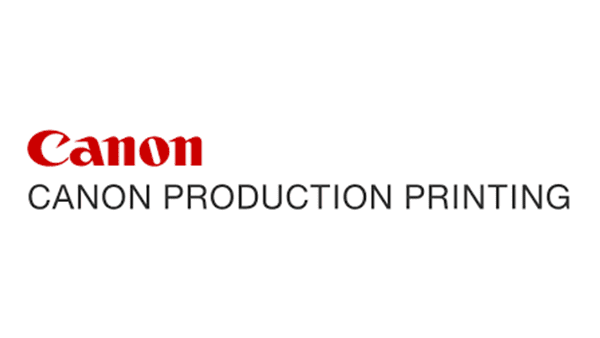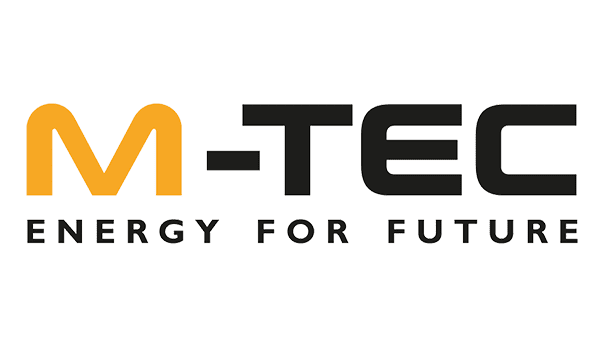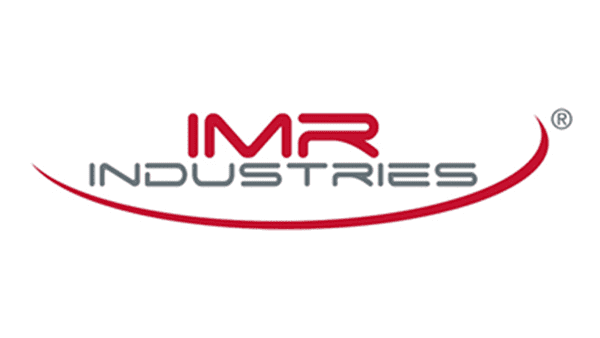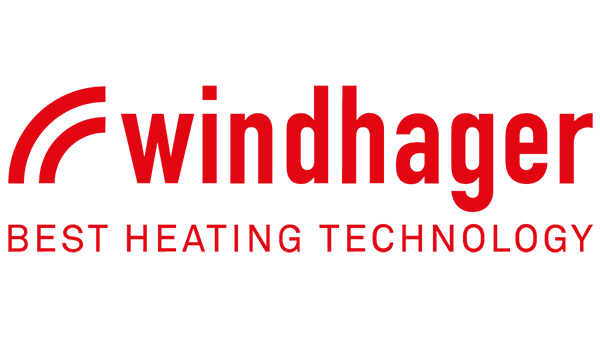Einführung
Leistungsstarke Digitaldruckmaschinen werden aufgrund ihrer fortschrittlichen Funktionen, Zuverlässigkeit und Druckqualität häufig in Produktionsumgebungen eingesetzt. Wie bei jeder komplexen Maschine sind regelmäßige Wartung, Upgrades und gegebenenfalls eine Generalüberholung erforderlich, da Teile altern oder der technologische Fortschritt bestimmte Komponenten obsolet macht. Generalüberholung ist eine kostengünstige und nachhaltige Lösung, die die Maschine wieder in einen neuwertigen Zustand versetzt und so hohe Leistung und Langlebigkeit gewährleistet. Dieser Prozess umfasst häufig die strategische Demontage und Rückgewinnung hochwertiger Anlagenteile. Dies senkt die Betriebskosten und unterstützt gleichzeitig Umweltinitiativen durch Recycling und Wiederverwendung von Komponenten. In diesem Artikel untersuchen wir den Prozess der Generalüberholung einer Produktionsdruckmaschine und konzentrieren uns dabei auf die Rückgewinnung von Anlagenteilen, Kostenvorteile und ökologische Nachhaltigkeit.
Der Wiederaufbereitungsprozess
Bei der Wiederaufbereitung wird ein gebrauchtes Produkt mithilfe einer Kombination aus generalüberholten Komponenten, reparierten Teilen und neuen Technologien wieder in einen neuwertigen Zustand versetzt. Bei einer Produktionsdruckmaschine beginnt dieser Prozess mit einer gründlichen Demontage, um ihren Zustand zu beurteilen und festzustellen, welche Komponenten wiederverwendet, generalüberholt oder recycelt werden können.
- Demontage und Begutachtung
Der erste Schritt im Wiederaufbereitungsprozess ist die sorgfältige Demontage der Produktionsdruckmaschine. Dabei werden alle äußeren und inneren Teile, einschließlich Druckwerk, Fixiereinheit, Papierhandhabung, elektrischen Komponenten und mehr, entfernt. Während der Demontage prüfen Techniker jedes Teil detailliert, um festzustellen, ob es noch zu retten ist oder ausgetauscht werden muss.
- Rückgewinnung hochwertiger Vermögenswerte
Zu den wertvollen Anlagenteilen einer Druckmaschine gehören teure und leistungskritische Komponenten. Diese Teile sind für den Langzeiteinsatz konzipiert und werden häufig wiederaufbereitet, um Kosten zu minimieren und die hohe Qualität zu gewährleisten. Die Wiederverwendung dieser Komponenten reduziert die Kosten für die Maschineninstandsetzung erheblich.- Druckmodul: Die Druckmaschine ist das Herzstück des Druckers und bleibt oft auch nach längerem Gebrauch in gutem Zustand. Bei der Wiederaufbereitung wird sie sorgfältig zerlegt, gereinigt und auf Verschleiß geprüft. Komponenten wie Bildtrommeln, Tonerkartuschen und Druckköpfe werden entweder durch Neuteile ersetzt oder generalüberholt.
- Fixiereinheit: Die Fixiereinheit spielt eine entscheidende Rolle im Druckprozess, da sie den Toner mit dem Papier verbindet. Während die Heizwalzen und -bänder der Fixiereinheit verschleißen können, können viele andere Teile wiederverwendet werden. Die Einheit wird gründlich geprüft, und nur die verschlissenen Komponenten werden ausgetauscht, was die Gesamtkosten senkt.
- Papierhandhabungssysteme: Diese Systeme übernehmen die Zuführung, Sortierung und Weiterverarbeitung gedruckter Seiten. Viele Komponenten wie Walzen, Motoren und Sensoren können einzeln überholt oder ausgetauscht werden, wodurch die Funktionalität und Effizienz der Druckmaschine erhalten bleibt.
- Elektrische Komponenten und Steuerungssysteme: Elektronik und Steuerplatinen haben oft eine lange Lebensdauer und können mit minimalem Reparaturaufwand wiederverwendet werden. Die Wiederverwendung dieser wertvollen Komponenten ist entscheidend, um die Leistung der Druckmaschine aufrechtzuerhalten, ohne dass teure Neuteile benötigt werden.
Überholung und Prüfung
Nach der Wiederherstellung hochwertiger Anlagen werden diese von spezialisierten Technikern generalüberholt. Dazu gehören Reinigung, Neukalibrierung und Prüfung der Komponenten, um sicherzustellen, dass sie die gleichen Leistungsstandards wie Neuteile erfüllen. Nach der Generalüberholung wird jedes Teil gründlich geprüft, um die optimale Funktion sicherzustellen, bevor es wieder in die wiederaufbereitete Presse eingebaut wird.
Kostenvorteile der Wiederaufbereitung
Die Überholung einer Produktionsdruckmaschine bietet im Vergleich zum Neukauf erhebliche Kosteneinsparungen. Zu den wichtigsten Kostenvorteilen zählen:
- Reduzierte Komponentenkosten: Die Rückgewinnung und Überholung hochwertiger Anlagen senkt die Kosten für den Austausch teurer Komponenten wie Druckwerk, Fixiereinheit und elektronischer Steuerungssysteme erheblich. Die Wiederverwendung einwandfrei funktionierender Komponenten reduziert den Bedarf an Neuteilen.
- Verlängerte Lebensdauer: Durch die Wiederaufbereitung der Druckmaschine mit hochwertigen Altteilen kann ihre Lebensdauer um mehrere Jahre verlängert werden. Dies führt zu niedrigeren Gesamtbetriebskosten (TCO), da die Druckmaschine weiterhin effizient funktioniert, ohne dass ein vollständiger Austausch erforderlich ist.
- Geringere Wartungskosten: Eine generalüberholte Produktionsdruckmaschine ist in der Regel in einem besseren Zustand als eine nicht generalüberholte Gebrauchtmaschine. Dies führt zu weniger Ausfällen und kürzeren Ausfallzeiten, was wiederum die laufenden Wartungskosten senkt.
- Reduzierte Abschreibung: Unternehmen, die in generalüberholte Geräte investieren, verzeichnen oft eine geringere Abschreibungsrate. Während der Nutzung trägt die Wiederherstellung in einen neuwertigen Zustand dazu bei, den Wert der Maschine länger zu erhalten.
Umweltvorteile durch Recycling und Wiederverwendung von Teilen
Neben Kosteneinsparungen fördert die Wiederaufbereitung auch die ökologische Nachhaltigkeit durch Recycling und Wiederverwendung von Teilen. Zu den wichtigsten Umweltvorteilen zählen:
- Abfallreduzierung: Elektroschrott (E-Schrott) ist ein wachsendes globales Problem. Die Rückgewinnung hochwertiger Teile aus gebrauchten Produktionsdruckmaschinen und deren Aufbereitung für die Wiederverwendung reduziert die Anzahl der weggeworfenen Teile und senkt so die Menge an Elektroschrott.
- Geringerer CO2-Fußabdruck: Die Herstellung neuer Komponenten ist mit energieintensiven Prozessen verbunden, darunter Rohstoffgewinnung, Fertigung und Transport. Die Wiederverwendung von Komponenten durch Remanufacturing reduziert den CO2-Fußabdruck der Neuteilproduktion erheblich.
- Ressourcenschonung: Durch die Wiederaufbereitung werden wertvolle natürliche Ressourcen geschont, da weniger neue Rohstoffe benötigt werden. So verringert beispielsweise die Rückgewinnung von Metallen aus elektronischen Bauteilen den Bergbaubedarf, der erhebliche Umweltauswirkungen hat.
- Unterstützung einer Kreislaufwirtschaft: Remanufacturing trägt zur Kreislaufwirtschaft bei, indem wertvolle Ressourcen so lange wie möglich genutzt werden. Dies reduziert die Abhängigkeit vom traditionellen Produktionsmodell „Nehmen, Produzieren, Wegwerfen“ und fördert ein nachhaltigeres, geschlossenes Kreislaufsystem.
Abschluss
Die Wiederaufbereitung von Produktionsdruckmaschinen ist eine attraktive Lösung für Unternehmen, die Kosten senken, die Lebensdauer ihrer Geräte verlängern und Umweltinitiativen unterstützen möchten. Durch die strategische Demontage der Maschine und die Rückgewinnung hochwertiger Anlagen können Unternehmen erhebliche Kosteneinsparungen erzielen und gleichzeitig durch Recycling und Wiederverwendung von Komponenten zu Nachhaltigkeitszielen beitragen. Die Wiederaufbereitung stellt nicht nur sicher, dass die Maschine weiterhin Höchstleistungen erbringt, sondern fördert auch einen umweltfreundlicheren Umgang mit Industrieanlagen. Angesichts des wachsenden Umweltbewusstseins bietet die Wiederaufbereitung eine Win-Win-Situation für Unternehmen und den Planeten.

